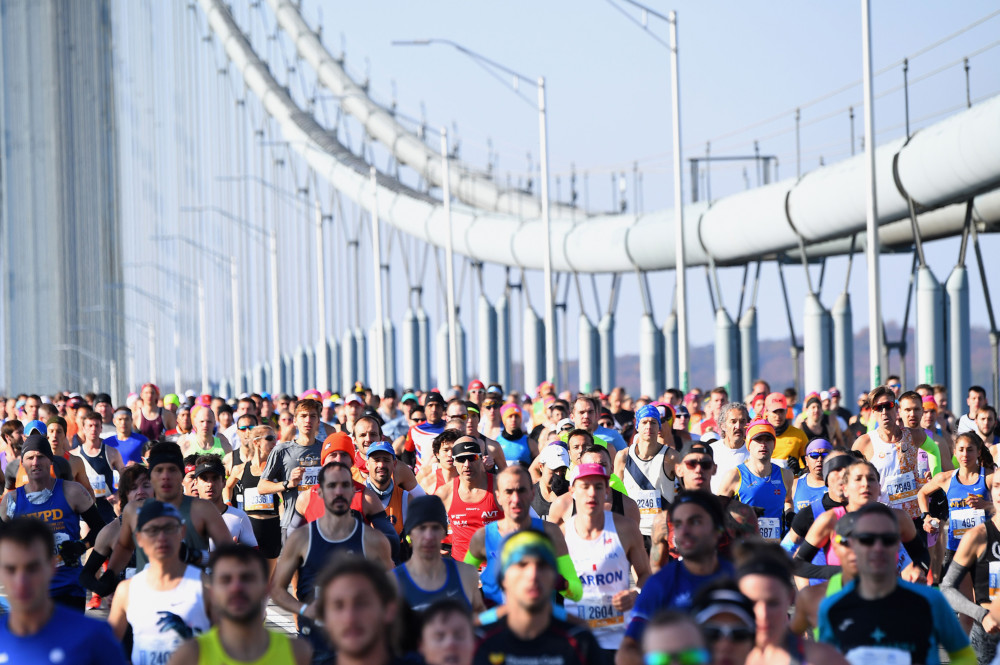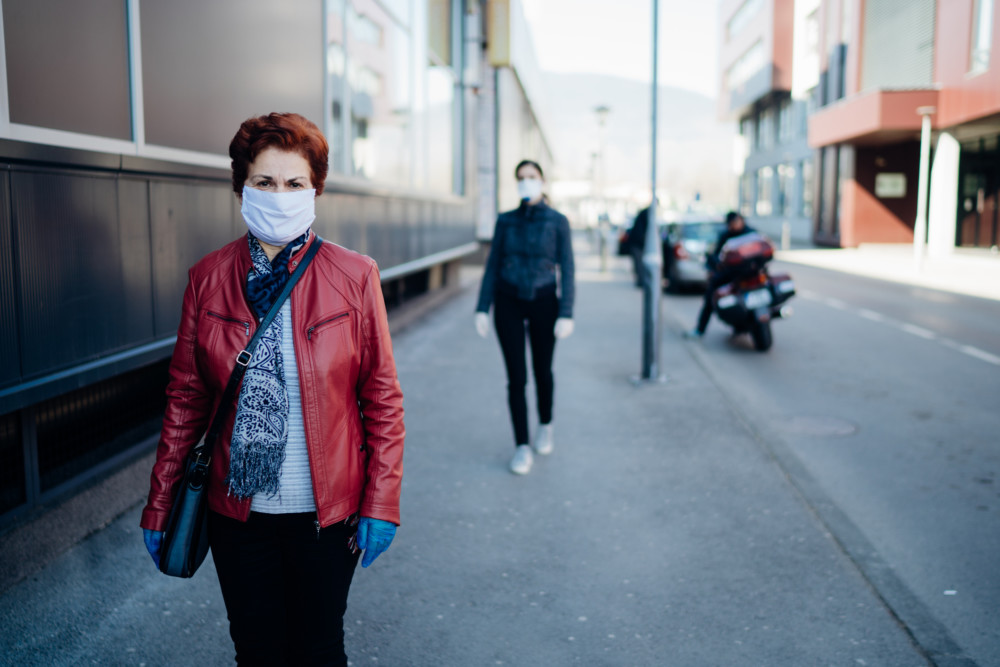By Dennis Young
New York Daily News
WWR Article Summary (tl;dr) As Dennis Young reports, “There is no way for 50,000 people to maintain six feet of distance for each other while corralled in the start at the Verrazzano-Narrows Bridge.”
New York
The New York City Marathon has been canceled because of the coronavirus.
The race was scheduled for Nov. 1 and was supposed to be the 50th running.
Improbably, it’s the second time in the last decade that the world’s biggest marathon has been canceled; the race wasn’t held after Hurricane Sandy in 2012.
“While the marathon is an iconic and beloved event in our city, I applaud New York Road Runners for putting the health and safety of both spectators and runners first,” Mayor Bill de Blasio said. “We look forward to hosting the 50th running of the marathon in November of 2021.”
The Road Runners had previously canceled races through August. There are still several NYRR events on the calendar between Aug. 15 and the November marathon, but Wednesday’s announcement included the news that there was a “likelihood of additional cancellations.” The most prominent of the remaining events is the 5th Avenue Mile in September. The NYC (March 15) and Brooklyn (April) half marathons were previously canceled.
“Canceling this year’s TCS New York City Marathon is incredibly disappointing for everyone involved,” NYRR president Michael Capiraso said. “But it was clearly the course we needed to follow from a health and safety perspective.”
NYRR said in a statement that runners who qualified or won a lottery selection could have their registration fees (between $250 and $350) refunded, or receive a free entry between now and 2023. Runners who qualified through a charity will have other options, to be made available beginning July 1.
Each year, approximately 50,000 runners finish the world’s largest marathon, which makes its way through all five boroughs. An event of that size is at obvious odds with the realities of life during a pandemic.
Over 22,000 people in New York City have died from the coronavirus, although cases have dipped sharply in June. After recording hundreds of deaths and thousands of new cases per day in the spring, 331 cases and 21 deaths were recorded on June 22, the most recent day statistics were available. But cases are rising in the rest of the United States, with the country recording over 36,000 new coronavirus cases on Sunday.
The city has entered “Phase 2 as hospitalizations and deaths have dropped, with bars and restaurants opening for sidewalk and backyard dining. But those places are still supposed to be enforcing social distancing regulations.
There is no way for 50,000 people to maintain six feet of distance for each other while corralled in the start at the Verrazzano-Narrows Bridge. (At the 50,000 runner mark, if socially distanced in the most efficient form possible, the field could stretch seven miles and perhaps more.)
Some marathons, like Tokyo, have canceled the mass fields and held elite-only events. New York organizers told the New York Times that they opted against that to avoid large crowds of spectators.
The Boston Marathon had been postponed to September and then was canceled late last month. Like the halting return of all American sports, the marathons’ cancellations is a reflection of the country’s struggles to contain the coronavirus. In Germany, the Hamburg Marathon, originally scheduled for April, announced it planned to host 10,000 runners in September.
Minutes after the NYRR’s announcement, the Berlin Marathon was canceled. Between New York, Boston, Berlin, and the Olympics, four of the seven major marathons scheduled for 2020 will not be held.
While the London and Chicago marathons have not yet been canceled, both races have admitted that cancellation is a possibility. London was previously postponed from April to October.
___
Distributed by Tribune Content Agency, LLC.















































































































































































































































































































































































